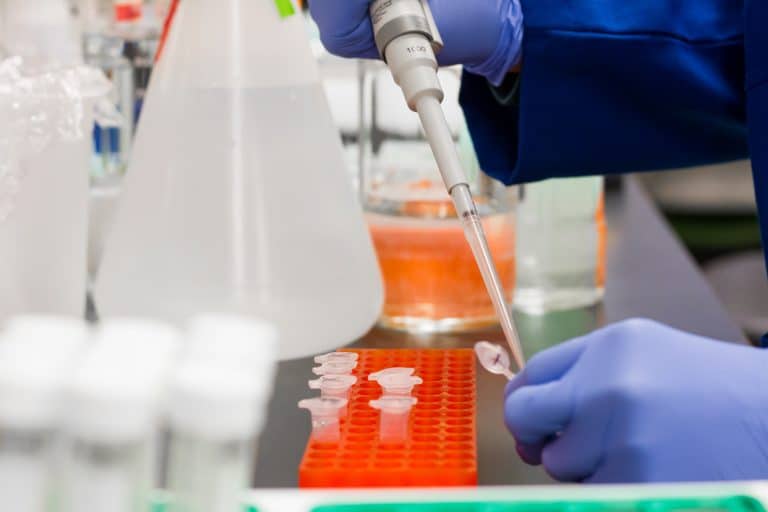
China's Anti-Satellite Test Widely Criticized, U.S.Anti-Satellite Test Not a Hostile Act, Chinese Space Official Says.On the UN agenda is the potential approval of draft Space Debris Mitigation Guidelines that were hammered out last year. IADC is aninternational governmental forum for the worldwide coordination of activitiesrelated to the issues of human-made and natural debris in space.Īlso,reactions spurred by China's ASAT actions are sure to surface later this monthat a meeting of the Scientific and Technical Subcommittee of the United NationsCommittee on the Peaceful Uses of Outer Space in Vienna. The meeting is to be held at the ChinaAcademy of Space Technology in Beijing. In a collision of coincidences, the 25th meeting of the Inter-Agency Space Debris Coordination Committee (IADC) is slated for April 23-26 and is hosted by the China National Space Administration. "The United States shall seek to minimize the creation of orbital debris by government and non-government operations in space in order to preserve the space environment for future generations." "Orbital debris poses a risk to continued reliable use of space-based services andoperations and to the safety of persons and property in space and on Earth,"the White House document stated. The documentflagged the progress made both nationally and internationally regarding the proliferation of orbital debris over the past decade - but also underscored the worrisomenature of space junk. National Space Policy addressed the topic of orbital debris. The riskof collisions between ISS and hazardous objects in Earth orbit is now onceagain dominated by the background debris population existing prior to thebreakup of Fengyun-1C," Johnson said. "Thecollision risk between the Fengyun-1C debris cloud and the International SpaceStation peaked shortly after the breakup and has been declining since. "Any ofthese debris has the potential for seriously disrupting or terminating themission of operational spacecraft in low Earth orbit," Johnson pointed out."This satellite breakup represents the most prolific and serious fragmentationin the course of 50 years of space operations," he said.Īlso put in harm's way by the rain of junk from the Chinese ASAT test is the International SpaceStation (ISS). NASA estimates that the number of debris larger than 1 centimeter is greater than 35,000 bits of riff-raff. The number of smaller orbital debris from this breakup is much higher than the 900-plus being tracked. The majority of the debris have mean altitudes of 528 miles (850 kilometers) or greater, "which means most will be very long-lived," he said.

Johnson said that the debris cloud extends from less than 125 miles (200 kilometers) to more than 2,292 miles (3,850 kilometers), encompassing all of low Earth orbit. Based upon the mass of Fengyun-1Cand the conditions of the breakup, the standard NASA model for estimating the number of objects greater than 4 inches (10 centimeters) in size predicts a total about 950 such debris," Johnson advised. "The total count of tracked objects could go even higher.

"These will be cataloged in due course," Johnson added.


However, more than 300 additional fragments are also being tracked, bringing it to a total of more than 900 bits of clutter. military's Space Surveillance Network has cataloged nearly 600 debris fragments, according to NASA's Nicholas Johnson, Chief Scientist for Orbital Debris at the space agency's Johnson Space Center in Houston, Texas. NASA's Orbital Debris Program Office at the Johnson Space Center is now at liberty todiscuss the characteristics and consequences of the debris cloud created by thefragmentation of the Fengyun-1C spacecraft.Īs of today, the U.S.


 0 kommentar(er)
0 kommentar(er)
